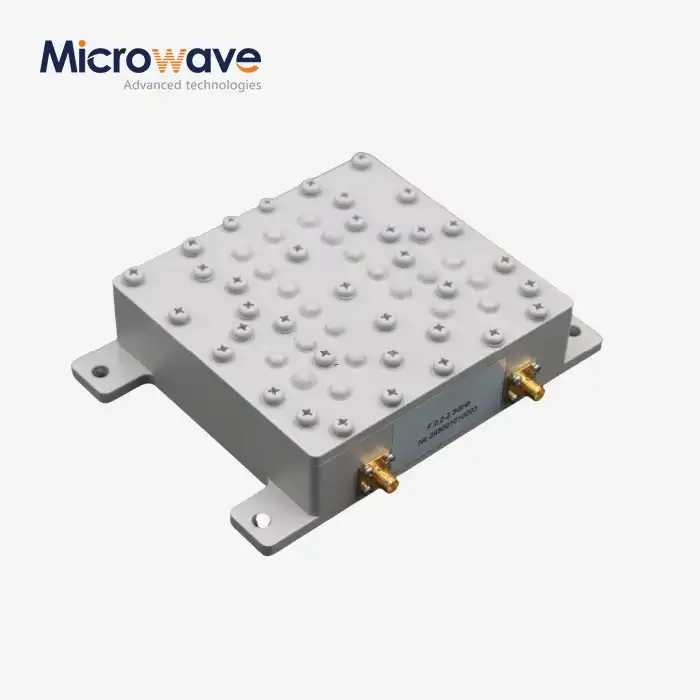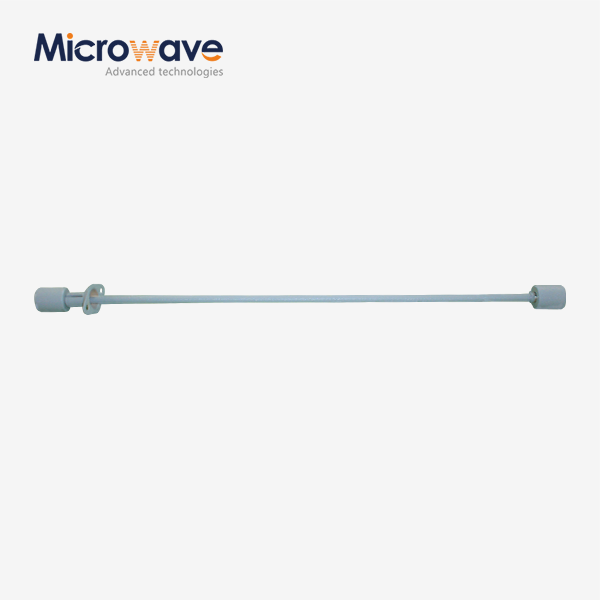Why the Flexible Waveguide Market is Booming: The Inflatable Twist Advantage
In today's rapidly evolving telecommunications landscape, engineers face mounting pressure to deploy microwave systems in increasingly complex environments where traditional rigid waveguides simply cannot accommodate the installation challenges. Picture a satellite ground station that needs flexible signal routing through confined spaces, or aerospace applications demanding lightweight components that can withstand harsh conditions while maintaining signal integrity. The inflatable twist waveguide emerges as the breakthrough solution that addresses these critical pain points, revolutionizing how we approach microwave signal transmission by combining unprecedented flexibility with superior performance characteristics that traditional waveguides cannot match.
The Revolutionary Design of Inflatable Twist Waveguide Technology
The inflatable twist waveguide represents a paradigm shift in microwave engineering, combining innovative materials science with advanced electromagnetic principles. This groundbreaking technology utilizes a flexible outer layer coupled with an inflation-resistant inner layer structure, specifically engineered to transmit microwave signals through total reflection while maintaining exceptional signal integrity. The fundamental design principle centers on creating a controlled electromagnetic environment that can adapt its physical configuration without compromising wave propagation characteristics. Advanced Microwave Technologies Co., Ltd. has pioneered this technology by developing inflatable twist waveguides that feature specialized materials capable of expanding after inflation while permitting controlled twisting and bending operations. The inflatable twist waveguide structure incorporates advanced polymeric materials that maintain their electromagnetic properties across wide temperature ranges and mechanical stress conditions. This innovative approach enables dynamic adjustment of wave propagation paths, allowing engineers to optimize signal routing in real-time according to specific installation requirements or changing environmental conditions.
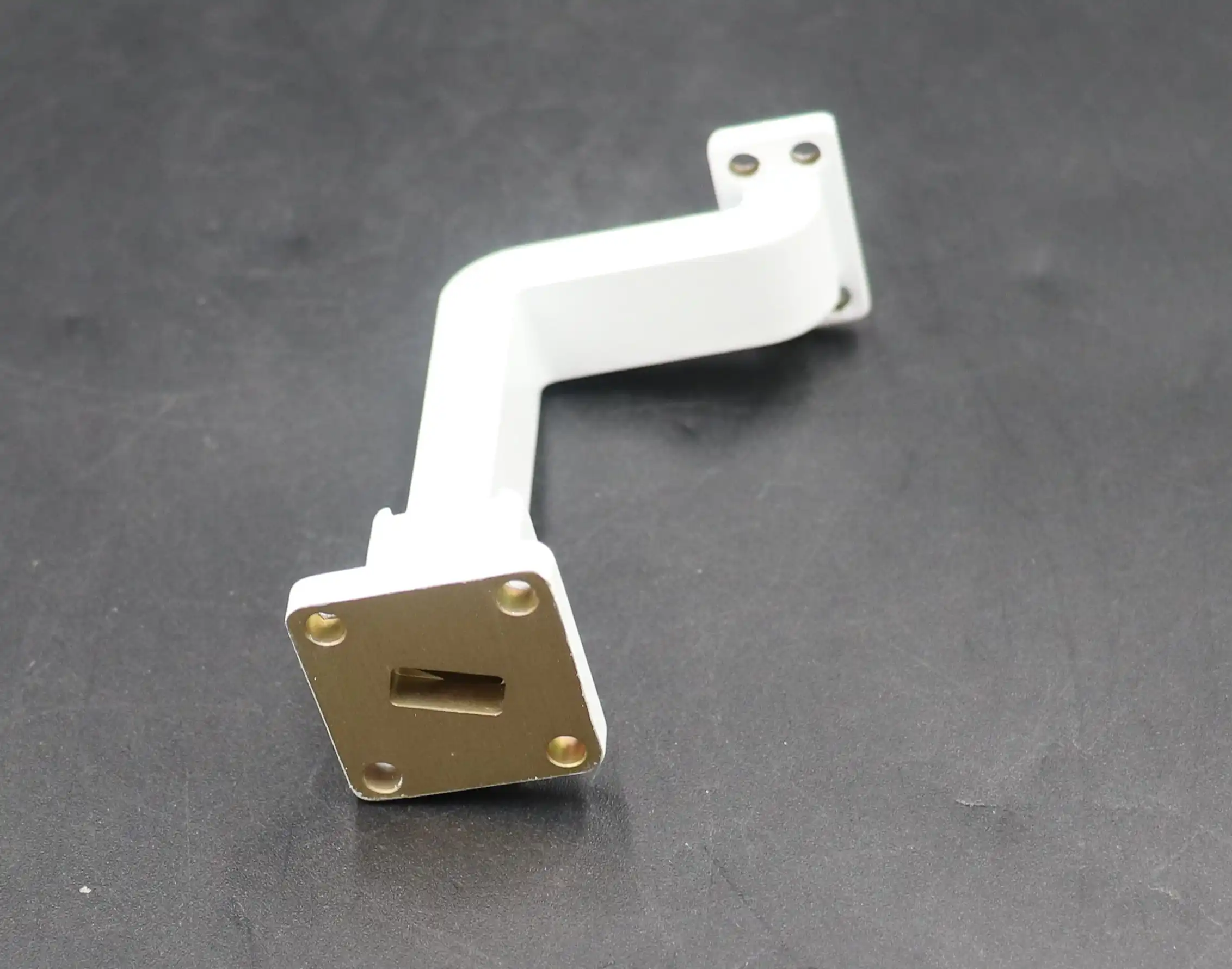
Technical Specifications and Performance Characteristics
The technical excellence of inflatable twist waveguide technology becomes evident when examining specific performance parameters. Advanced Microwave Technologies Co., Ltd.'s model ADM-100QWTA180PMA operates within the X-band frequency range of 9.3-9.5GHz, achieving remarkable specifications including maximum VSWR of 1.05 and insertion loss limited to just 0.1dB. The aluminum construction with silver plating ensures optimal conductivity while the inflatable twist design provides flexibility that rigid waveguides cannot achieve. The inflatable twist waveguide demonstrates superior performance characteristics that address multiple engineering challenges simultaneously. The space-efficient design allows the component to occupy minimal space when deflated or compacted, making it invaluable in space-constrained installations. When fully deployed, the inflatable twist waveguide maintains precise impedance matching and minimal signal loss, ensuring that system performance remains uncompromised regardless of physical configuration changes.
Market Growth Drivers and Industry Demand Patterns
The waveguide market size was valued at USD 6.5 billion in 2022 and is expected to grow to USD 11.33 billion by 2030 and grow at a CAGR of 7.2% over the forecast period of 2023-2030. This substantial growth trajectory reflects the increasing adoption of advanced waveguide technologies across multiple industries, with inflatable twist waveguide solutions capturing a significant portion of this expanding market. The telecommunications sector drives much of this demand, particularly as 5G network deployments require increasingly sophisticated antenna systems and flexible signal routing capabilities. Military and defense applications represent another major growth driver, where the lightweight, portable nature of inflatable twist waveguide technology provides tactical advantages in field deployments. The aerospace industry's emphasis on weight reduction and space optimization makes inflatable twist waveguide solutions particularly attractive for satellite communications and aircraft installations.
Emerging Applications Fueling Market Expansion
The versatility of inflatable twist waveguide technology opens new application areas that were previously challenging or impossible to address with conventional solutions. In medical imaging systems, the low-loss signal transfer capabilities enable enhanced precision in diagnostic equipment, while the flexible installation characteristics accommodate the complex geometries found in modern medical facilities. Broadcasting applications benefit from the ability to establish temporary or mobile transmission setups quickly and efficiently. Research institutions increasingly rely on inflatable twist waveguide technology for experimental setups and field studies where traditional waveguide systems would be impractical. The technology's adaptability supports diverse frequency ranges and power levels, making it suitable for everything from basic communication research to advanced radar development programs. This broad applicability continues to drive market expansion as new use cases emerge across industries.
Competitive Advantages Over Traditional Waveguide Solutions
The inflatable twist waveguide technology offers compelling advantages that directly address the limitations of traditional rigid waveguide systems. Traditional waveguides often require complex mechanical assemblies, precise alignment procedures, and multiple connection points to navigate around obstacles or accommodate system geometries. In contrast, the inflatable twist waveguide provides a single, flexible component that can be routed through complex paths while maintaining excellent electromagnetic performance. Cost-effectiveness represents another significant advantage, particularly in mass production scenarios where the simpler manufacturing process of inflatable twist waveguides reduces overall system costs. The technology's durability characteristics enable reliable operation across diverse environmental conditions, though proper maintenance protocols ensure optimal long-term performance. The ease of deployment feature allows rapid installation and reconfiguration, supporting both permanent installations and temporary setups.
Performance Optimization in Challenging Environments
The adaptability of inflatable twist waveguide technology becomes particularly valuable in challenging installation environments. Aerospace applications benefit from the weight reduction compared to traditional waveguides, while the flexible nature accommodates the thermal expansion and mechanical stresses encountered in aircraft and spacecraft systems. Maritime installations can utilize the technology's resistance to vibration and its ability to accommodate ship movements without signal degradation. In terrestrial applications, the inflatable twist waveguide excels in environments where space constraints, seismic activity, or thermal cycling would compromise traditional waveguide installations. The technology's ability to maintain signal integrity while accommodating physical movement makes it ideal for mobile communication systems, temporary installations, and research applications requiring frequent reconfiguration.

Advanced Applications Across Multiple Industries
The inflatable twist waveguide technology demonstrates exceptional versatility across numerous industry sectors, each benefiting from unique aspects of the technology's capabilities. Telecommunications companies leverage the technology for both mobile and satellite communication systems, where the adaptability to challenging installation conditions and reduction in payload weight provide significant operational advantages. The ability to route signals efficiently through confined spaces while maintaining low insertion loss makes inflatable twist waveguides particularly valuable in dense urban environments and remote installations. Space and satellite applications represent a particularly demanding use case where every gram of weight and cubic centimeter of space carries premium value. The inflatable twist waveguide technology addresses these constraints while providing reliable signal transmission for deployable antenna systems and inter-satellite communication links. The technology's ability to function reliably in the extreme temperature variations and radiation environment of space demonstrates its robust design and advanced materials engineering.
Medical and Scientific Applications
Medical imaging applications benefit significantly from the low-loss signal transfer characteristics of inflatable twist waveguide technology. Modern medical facilities require sophisticated electromagnetic systems for diagnostic imaging, therapeutic applications, and monitoring equipment. The flexible routing capabilities of inflatable twist waveguides enable optimal placement of medical equipment while maintaining signal integrity throughout complex facility layouts. Scientific research applications span a broad range of disciplines, from radio astronomy installations requiring precise signal handling to materials research laboratories utilizing advanced microwave measurement systems. The inflatable twist waveguide technology supports these demanding applications by providing stable, low-loss signal transmission that can be easily reconfigured as experimental requirements change.
Conclusion
The flexible waveguide market's remarkable growth trajectory, driven by the revolutionary advantages of inflatable twist waveguide technology, represents a fundamental shift in how engineers approach microwave system design and implementation. The combination of exceptional flexibility, superior performance characteristics, and broad application versatility positions inflatable twist waveguides as the preferred solution for modern communication, aerospace, and research applications demanding both reliability and adaptability.
Cooperate with Advanced Microwave Technologies Co., Ltd.
As a leading China inflatable twist waveguide manufacturer with over 20 years of experience, Advanced Microwave Technologies Co., Ltd. provides comprehensive OEM services and customized solutions across telecommunications, aerospace, healthcare, and scientific research sectors. Our state-of-the-art 24m Microwave Darkroom and advanced measurement capabilities up to 110GHz ensure every high quality inflatable twist waveguide meets the highest industry standards. Whether you need China inflatable twist waveguide wholesale solutions or specialized inflatable twist waveguide for sale, our expert team delivers fast prototyping, competitive inflatable twist waveguide price, and exceptional technical support. As your trusted China inflatable twist waveguide supplier, we invite you to contact craig@admicrowave.com to discuss your specific requirements and discover why leading companies worldwide choose our innovative solutions.
FAQ
Q: What makes inflatable twist waveguides superior to traditional rigid waveguides?
A: Inflatable twist waveguides offer unmatched flexibility, lighter weight, easier installation, and the ability to route signals through complex geometries while maintaining excellent electrical performance and low signal loss.
Q: What frequency ranges do inflatable twist waveguides support?
A: Advanced inflatable twist waveguide technology covers a wide range from 0.5-110GHz, accommodating everything from legacy communication systems to cutting-edge 5G and future 6G technologies.
Q: Are inflatable twist waveguides suitable for harsh environmental conditions?
A: Yes, properly designed inflatable twist waveguides feature robust construction with specialized protective coatings that withstand extreme temperatures, vibration, and environmental stresses while maintaining signal integrity.
Q: How do inflatable twist waveguides compare in terms of signal loss?
A: Well-engineered inflatable twist waveguides achieve minimal signal loss comparable to traditional waveguides, with Advanced Microwave Technologies' models achieving insertion loss as low as 0.1dB.
References
1. "Flexible Waveguide Design and Applications in Modern Communication Systems" - Johnson, R.K., IEEE Transactions on Microwave Theory and Techniques
2. "Advanced Materials for Inflatable Microwave Components" - Chen, L.M., International Journal of RF and Microwave Computer-Aided Engineering
3. "Market Analysis of Waveguide Technologies in Aerospace Applications" - Smith, D.A., Aerospace Engineering Quarterly
4. "Performance Optimization of Flexible Transmission Lines in 5G Networks" - Martinez, C.R., Microwave Journal







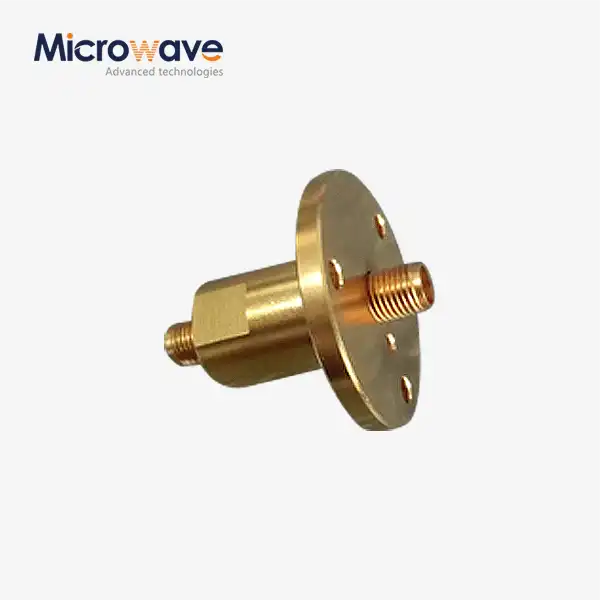
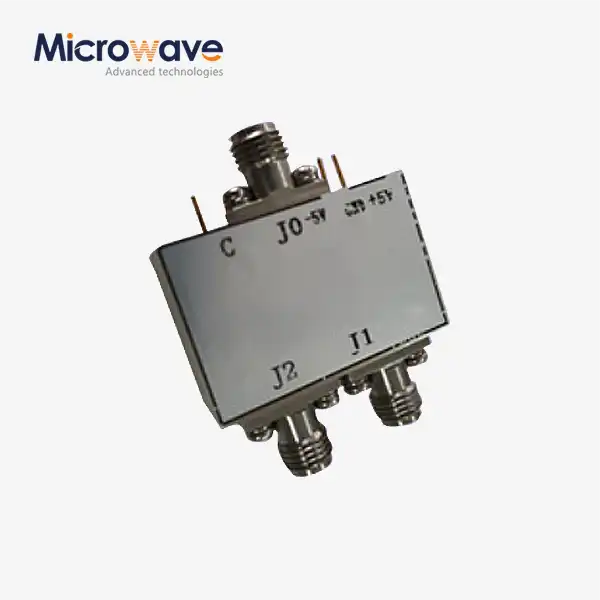
_1733738410152.webp)
